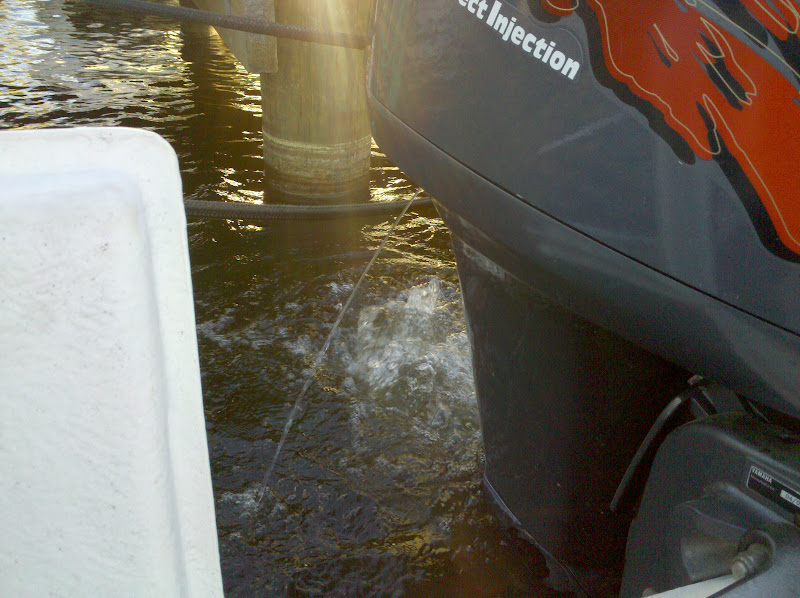CaptainJim
Well-known member
we trolled on friday pulling stretch 30s and the motor basically idling all day in and out of gear.
towards the end of the trip my overheat alarm went off on my HPDI, so we shut it down and tried to diagnose the problem... the heads didnt seem hot, and the telltale was still pissing, starting to think my sensor or thermostat is bad.
we let the motor cool off, and we raised the motor and unscrewed the screen to see if it was blocked, it wasnt. We then started it, the alarm was gone, then we ran the motor at cruise and the telltale was still peeing like a firehose...
not sure if my waterpump isnt putting out enough at idle, or if my thermostat or sensor is shot, or if I sucked some snot into the motor while trolling (we were running through weedlines most of the morning, however the intake wasnt blocked when the alarm went off)
anyone have any ideas? My telltake pees at idle, and really has GREAT pressure at 4000rpm cruise...the alarm never came back...Could idling all day cause this?
towards the end of the trip my overheat alarm went off on my HPDI, so we shut it down and tried to diagnose the problem... the heads didnt seem hot, and the telltale was still pissing, starting to think my sensor or thermostat is bad.
we let the motor cool off, and we raised the motor and unscrewed the screen to see if it was blocked, it wasnt. We then started it, the alarm was gone, then we ran the motor at cruise and the telltale was still peeing like a firehose...
not sure if my waterpump isnt putting out enough at idle, or if my thermostat or sensor is shot, or if I sucked some snot into the motor while trolling (we were running through weedlines most of the morning, however the intake wasnt blocked when the alarm went off)
anyone have any ideas? My telltake pees at idle, and really has GREAT pressure at 4000rpm cruise...the alarm never came back...Could idling all day cause this?





